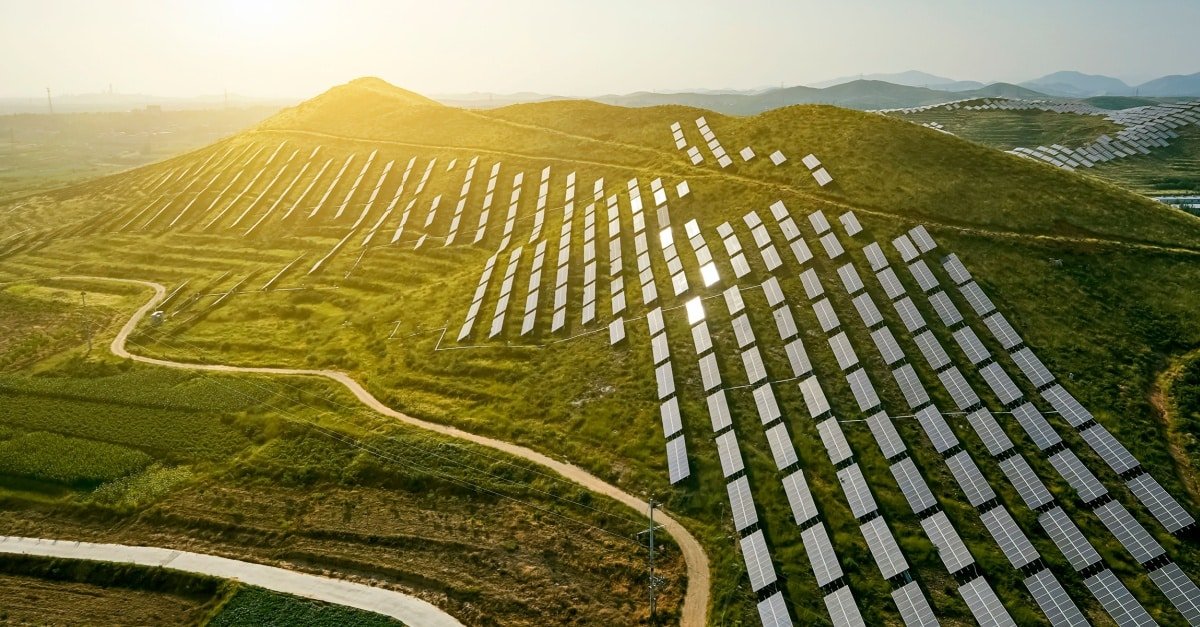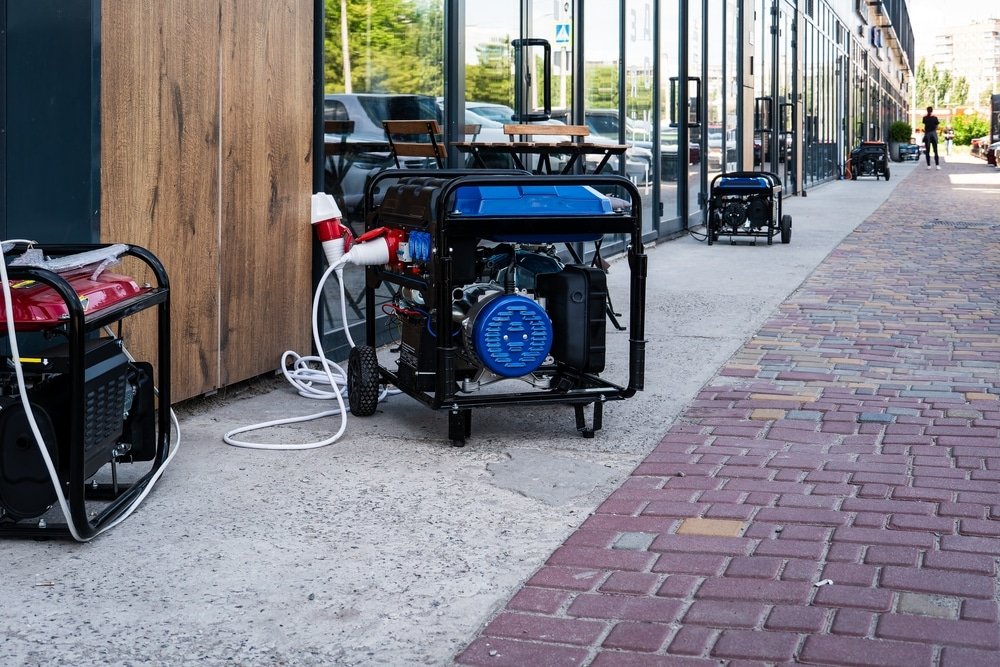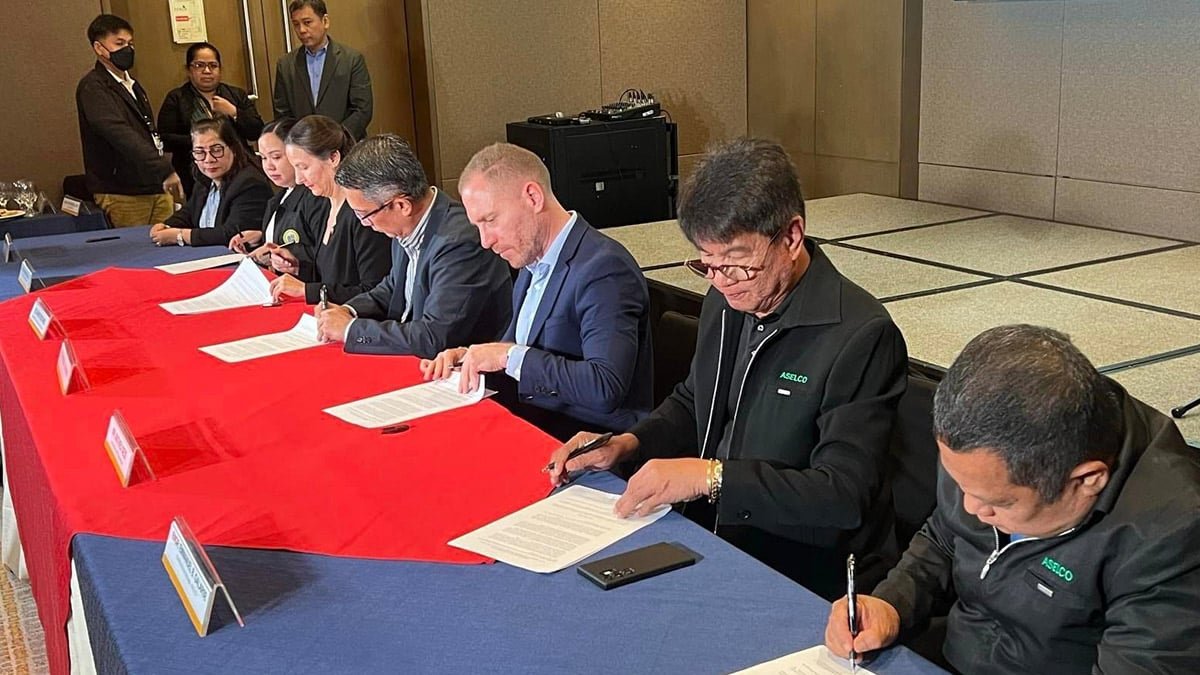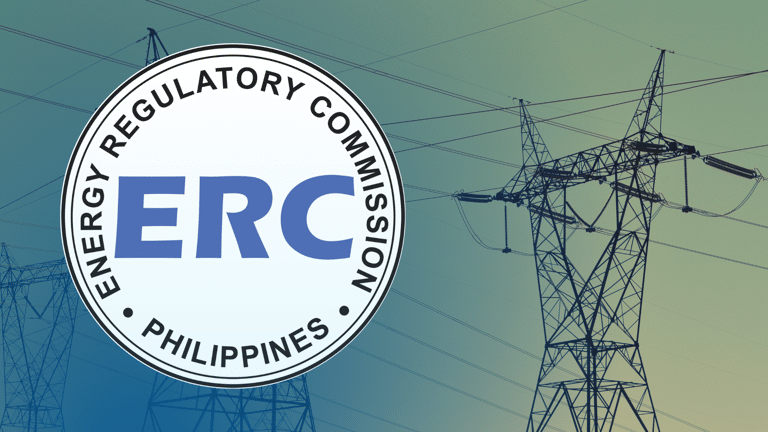
While hospitals save lives, their high power consumption leaves devastating effects on the environment. Speaking at the REalize for Hospitals: Empowering a Climate-Resilient Health Sector with Renewable Energy conference held last month, Regional Climate Manager of Health Care Without Harm Southeast Asia Manjit Kaur Sohal said, “Healthcare’s climate footprint is 4.4% of global net emissions equivalent to 514 coal-fired power plants. If healthcare were a country, it would be the fifth largest climate polluter on the planet.”
In response to this, healthcare professionals who participated in the conference stressed their commitment to climate action through conversion to renewable energy sources.
The Green Energy Option Program
The conference drew participants from the government, civil society organizations, and healthcare sector. A main topic of discussion at the event was the Green Energy Option Program (GEOP).
The GEOP gives electricity end-users the option to tap renewable energy sources for their power needs. The program is open to end-users who consume at an average of at least 100 kW in a year, such as hospitals and healthcare facilities.
To participate in the program, end-users need only to inform their energy provider and contact their preferred renewable energy supplier. They can then access renewable energy without needing to build new infrastructure. The Department of Energy (DOE) has identified at least 14 renewable energy suppliers for the program.
REalize for Hospitals: Empowering a Climate-Resilient Health Sector with Renewable Energy
The renewable energy for the health sector conference was organized by The Climate Reality Project in collaboration with Health Care Without Harm Southeast Asia (HCWH SEA). Health Care Without Harm helps transition healthcare providers to more sustainable and environmentally-friendly facilities.
Participant organizations in the event included the Asian Development Bank (ADB), Transaction Advisory of Climate Smart Ventures, Institute for Climate and Sustainable Cities (ICSC), and renewable energy suppliers.
Greening health care
The decarbonization of the healthcare sector calls for the transition to 100% renewable energy, investing in zero-emission infrastructures, producing low-carbon pharmaceuticals, and adoption of a circular economy within the healthcare system.
At the conference, the Department of Health (DOH) expressed its plan to adopt green health facilities and low-carbon infrastructures under the Handa sa Krisis program. In a presentation of its 8-Point Action Agenda, the department announced its goal of providing holistic healthcare services to Filipinos.
For now, the GEOP is a step toward the right direction. The GEOP empowers the healthcare sector to transition to renewable energy without upfront costs. As Nazrin Camille Castro, the branch manager of The Climate Reality Project Philippines said, “GEOP is an ideal springboard for the healthcare sector’s journey towards decarbonization.”
References:
Hospitals choose renewable energy as power source (mindanaotimes.com.ph)



























































